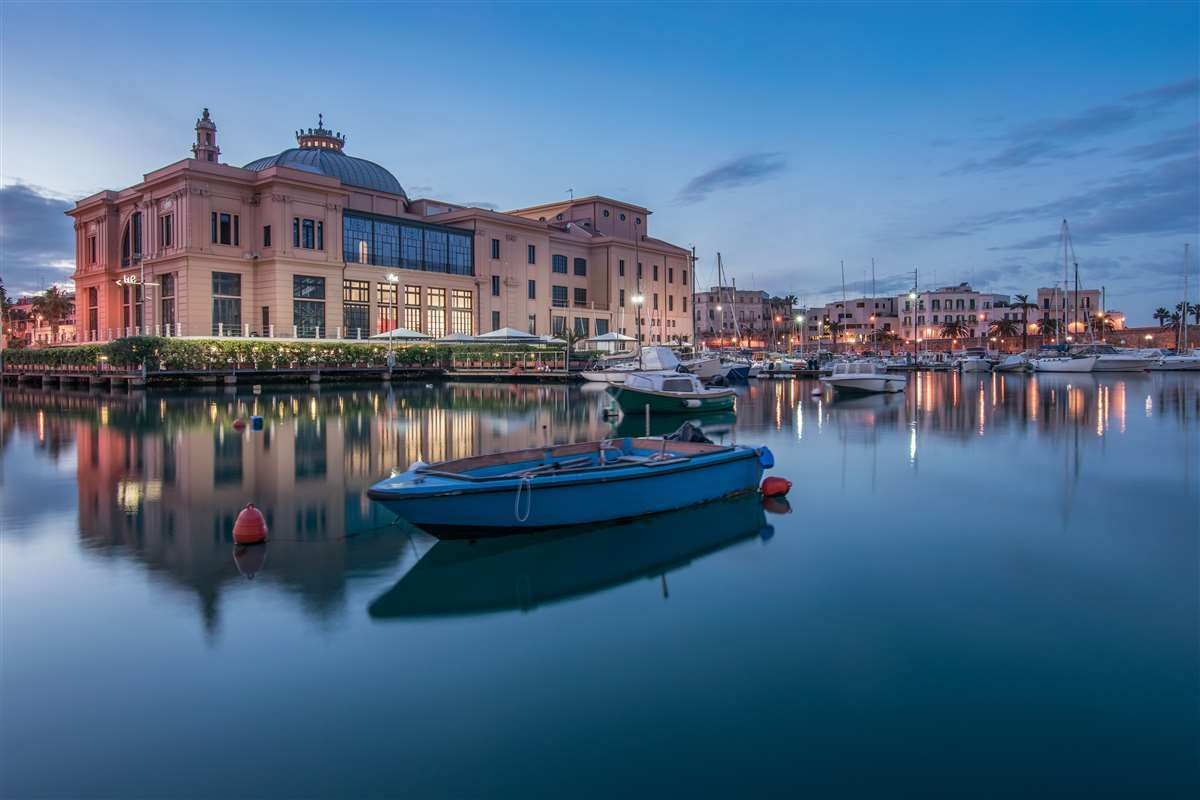Speaker
Description
The rare radiative leptonic decay $B^+\to\ell^+\nu_\ell\gamma$, with $\ell=\mu,e$, is considered a golden channel to probe the internal structure of the $B$ meson through its Light-Cone Distribution Amplitude (LCDA). Predicted by the Standard Model with a Branching Ratio (BR) of $\mathcal{O}(10^{-6})$, it has not yet been observed. The most stringent upper limit on its BR has been set by the Belle experiment, while a search at a hadron collider such as LHC was long deemed unfeasible. A novel approach has been developed at the LHCb experiment, which exploits photons that convert to $e^+e^-$ pairs in the material of the VErtex LOcator (VELO), allowing to extract the secondary $B$-vertex. Again, since the information on the final-state neutrino is lost, the corrected mass of the $\ell^+e^+e^-$ system serves as the main observable. A crucial aspect of the strategy is the modelling of backgrounds, dominated by the neutral meson decays $\pi^0\to\gamma\gamma$ and $\eta\to\gamma\gamma$. The LHCb dataset also provides sensitivity to the analogous $B_c^+$ decay modes. The ongoing search for the decay $B^+\to\mu^+\nu_\mu\gamma$ with Run 2 data shows promising sensitivity, and a parallel analysis using Run 3 data has started. Benefiting from the latest detector upgrade and improved trigger efficiencies, the current Run 3 study targets both muon and electron channels with the aim of getting to the first observation of these $B^+_{(c)}$ decays, or at least of significantly constraining the existing upper limits on their BRs.

